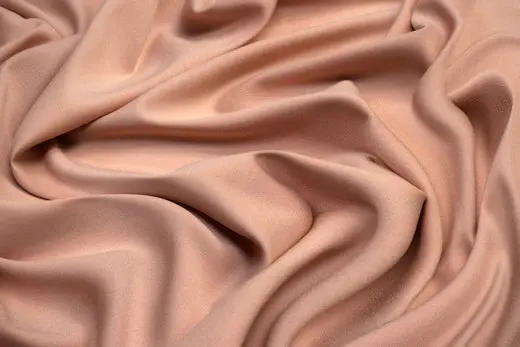Fabrics 101: A Designer’s Guide to Upholstery and Decor Textiles
- Rosie Haggard

- Jul 5
- 2 min read

Whether you’re choosing drapes, reupholstering a favorite chair, or selecting the perfect throw pillows, Upholstery and decor fabrics play a huge role in how a space looks, feels, and functions. In this guide, we’ll walk through the most common fabric types used in interior design, their key properties, and when to use each.
🍃 Natural Fabrics

Cotton
Properties: Soft, breathable, durable, absorbent
Pros: Affordable, easy to dye, comfortable
Cons: Wrinkles easily, fades in sunlight, stains can be stubborn
Best For: Slipcovers, casual upholstery, drapery, bedding

Linen
Properties: Light, breathable, crisp texture, natural sheen
Pros: Elegant drape, eco-friendly, resists pilling
Cons: Wrinkles easily, can shrink or stretch, less durable than blends
Best For: Drapery, decorative pillows, summer bedding

Wool
Properties: Warm, insulating, moisture-wicking
Pros: Naturally flame-resistant, durable, resists dirt and wrinkles
Cons: Can be itchy, expensive, may require dry cleaning
Best For: Throws, rugs, winter bedding, heavier upholstery

Silk
Properties: Luxurious, soft, high sheen
Pros: Elegant, drapes beautifully, strong for its weight
Cons: Sun-sensitive, water stains easily, expensive
Best For: Accent pillows, formal drapes, high-end upholstery
🧵 Synthetic Fabrics

Polyester
Properties: Durable, man-made fiber, resists shrinking/stretching
Pros: Fade-resistant, budget-friendly, low maintenance
Cons: Can pill, not very breathable, less eco-friendly
Best For: Everyday upholstery, blends, curtains, bedding

Nylon
Properties: Strong, elastic, synthetic
Pros: Resistant to wear, mildew, and wrinkles
Cons: Can pill over time, not breathable
Best For: High-traffic upholstery, performance blends

Acrylic
Properties: Lightweight, soft, wool-like
Pros: Fade-resistant, resists mildew, durable
Cons: Can pill, less breathable, flammable
Best For: Outdoor cushions, rugs, upholstery

Rayon
Properties: Semi-synthetic, soft and silky
Pros: Drapes well, breathable, versatile
Cons: Wrinkles easily, weak when wet, prone to stretching
Best For: Drapery, slipcovers, blends
🧶 Blended Fabrics
Blends combine the best of both worlds—often pairing natural and synthetic fibers to balance beauty and function.
Common Blends:
Poly-Cotton: Durable, less wrinkle-prone than pure cotton
Linen-Polyester: Looks high-end, with fewer wrinkles
Wool-Nylon: Warmer, stronger, more abrasion-resistant
🏡 Choosing the Right Upholstery and Decor Fabrics
Here’s a quick cheat sheet by room or use:
✨ Designer Tip:

When selecting fabrics, always consider:
Durability: Check double rub count for upholstery
Cleanability: Especially with kids or pets
Sunlight Exposure: Natural fabrics fade faster
Allergies: Opt for hypoallergenic fibers
Want help picking the right fabrics for your next project? Reach out for a personalized design consultation. Let’s bring texture, warmth, and personality to your space—one yard at a time.




Comments